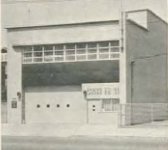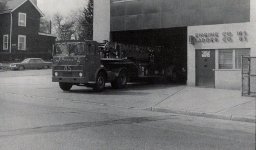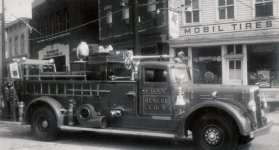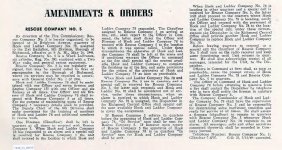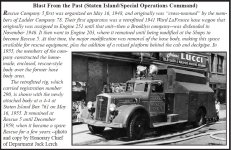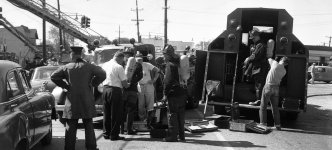- Joined
- Oct 18, 2022
- Messages
- 352
So before I ask I want to say I mean no offense or implication with this question, but its something Ive heard more than a few times from members and ex-members so I wonder if anybody here has any additional insight.
Since there are a few houses that typically see fewer/less complicated calls by virtue of their location, do they really get the "lemon" or more repair-prone equipment as a result?
Ive heard this was something of the case post-9/11 with all the apparatus donations, so all the non standard types were placed as needed to fill equipment gaps. But is that still a practice these days with more troublesome, rebuilt or near end of life equipment?
Since there are a few houses that typically see fewer/less complicated calls by virtue of their location, do they really get the "lemon" or more repair-prone equipment as a result?
Ive heard this was something of the case post-9/11 with all the apparatus donations, so all the non standard types were placed as needed to fill equipment gaps. But is that still a practice these days with more troublesome, rebuilt or near end of life equipment?



